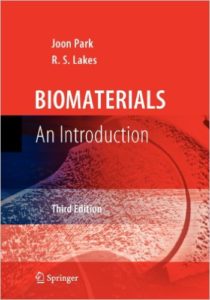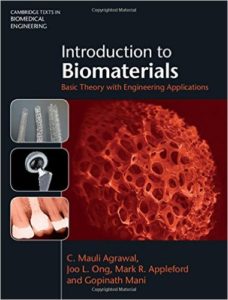Biomaterials: An IntroductionWorldCat•LibraryThing•Google Books•BookFinder
ISBN 0387378790 – 562 pages $109 on Amazon Published August 2007
This is a text that could be best characterized as sharing aspects between the detailed reference manual / phone book that Biomaterials Science by Ratner represents, while still having some linear focus on progressive fundamentals as exemplified in the superb text Introduction to Biomaterials by Agrawal.
It excels at having numerous illustrations and images while possessing some rather unique and informative tables and figures that underscore important concepts in this field. The math isn’t terribly difficult and in addition I also noticed numerous worked examples which is something I feel more engineering books should work on.
For an undergrad class, this is probably more of a supplementary text as the density of information will tend to dissuade younger, less persistent students. For a grad class, the age of the book being greater than 8 years may be seen as a detraction compared to a recent cutting edge text.
While I love new texts on science, I have often found relatively obscure knowledge in older books and have learned to appreciate their place on my shelf.

